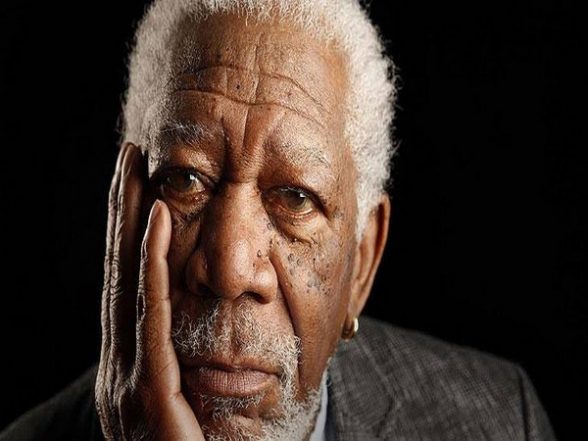BMW Group Classic invited us to view some of its rarest treasures, including The Z3 Roadster with V12 engine. We also got to see a limited edition model that was only sold in South Africa. Just over 200 examples of this E23 7 Series were produced at the Rosslyn plant. However, this model is even rarer as it is one of only 14 cars equipped with a manual transmission.
What really made it special was the engine. The 745i SA, also known as the M745i, was powered by the M88/3, an evolution of the M88 from the M1. That’s right – BMW put a supercar’s engine in its large luxury sedan. This naturally aspirated 3.5-liter inline-six produced 282 horsepower and 340 Newton meters (251 pound-feet) of torque. It was actually slightly more powerful than the mid-engined supercar.


In Europe, BMW sold the eponymous 745i in other markets with a turbocharged inline-six engine. Initially, it was the 3.2-liter M102 unit from 1980 to 1982, before it was replaced by the larger but equally powerful 3.4-liter M106 engine. The latter was offered until production of the first generation 7 Series ceased in 1986. Both engines had 248 hp, 34 hp less powerful than the unofficial M7 from South Africa. However, the turbocharging gave the European model a 40 Nm (30 lb-ft) torque advantage, namely 380 Nm (280 lb-ft).
Why the South African version was different had to do with space constraints. In the Euro model, the turbocharger was mounted on the right side of the engine bay. In a right-hand drive car, the steering column would have collided with the turbocharger. BMW engineers at the Rosslyn plant found a solution by installing a naturally aspirated engine. This M88/3 was also used in the sexy M635 CSi and the original M5 (E28).
The 745i SA had more to offer than just a special engine, as it also had the brakes of the M635 CSi. It also had wider wheels than the European model, a slightly wider body and even an M logo on the grille. BMW never made a true M7, but you could say this one came close.




